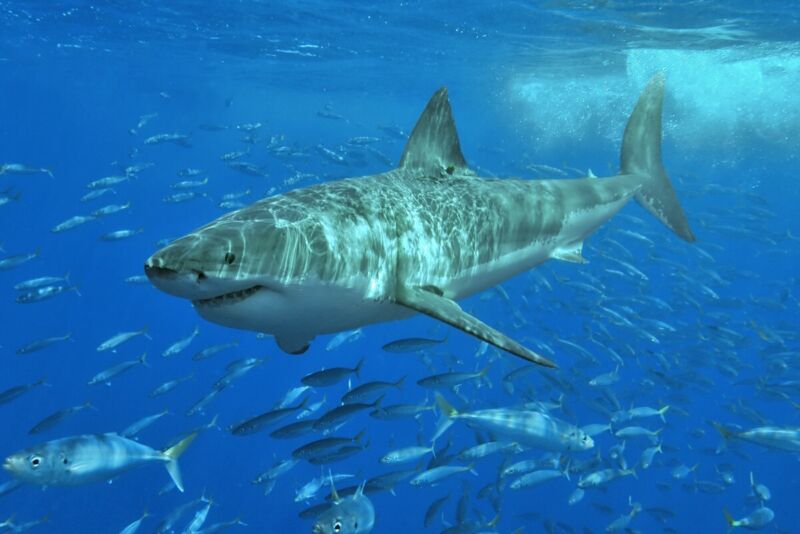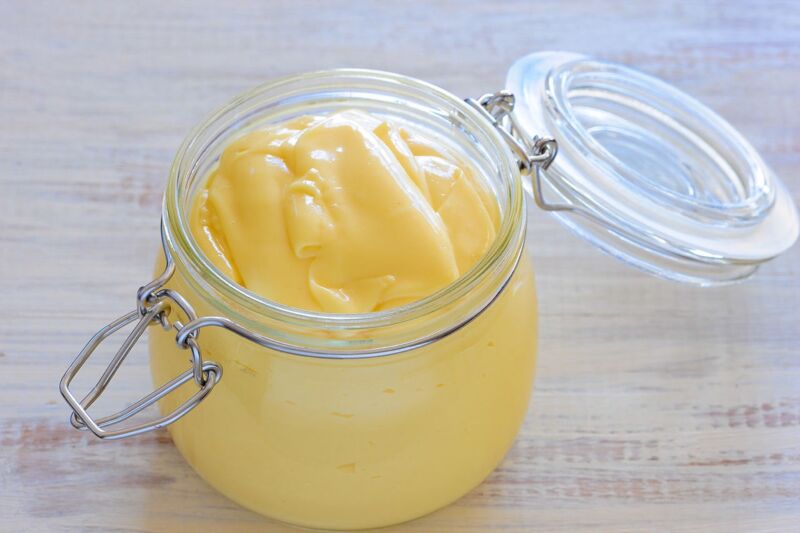Studying the skin of the great white shark could help reduce drag in aircraft

Enlarge / Great white sharks can reduce drag at different swimming speeds thanks to high and low ridged denticles in its skin. (credit: Terry Goss/CC BY 2.5)
The great white shark (Carcharodon carcharias) is a swift and mighty hunter, capable of reaching speeds as high as 6.7 m/s when breaching, although it prefers to swim at slower speeds for migration and while waiting for prey. A team of Japanese researchers has studied the structure of the great white's skin to learn more about how these creatures adapt so well to a wide range of speeds. Their findings could lead to more efficient aircraft and boats with greatly reduced drag, according to a recent paper published in the Journal of the Royal Society Interface.
As previously reported, anyone who has touched a shark knows the skin feels smooth if you stroke from nose to tail. Reverse the direction, however, and it feels like sandpaper. That's because of tiny translucent scales, roughly 0.2 millimeters in size, called "denticles" (because they strongly resemble teeth) all over the shark's body, especially concentrated in the animal's flanks and fins. It's like a suit of armor for sharks, and it also serves as a means of reducing drag in the water while swimming.
Pressure drag is the result of flow separation around an object, like an aircraft or the body of a mako shark as it moves through water; the magnitude of pressure drag is determined by the shape of the object. It's what happens when the fluid flow separates from the surface of an object, forming eddies and vortices that impede the object's movement. Since the shark's body is constantly undulating as it swims, it needs something to help keep the flow attached around that body to reduce that drag. Denticles serve that purpose.
